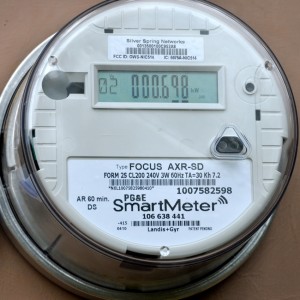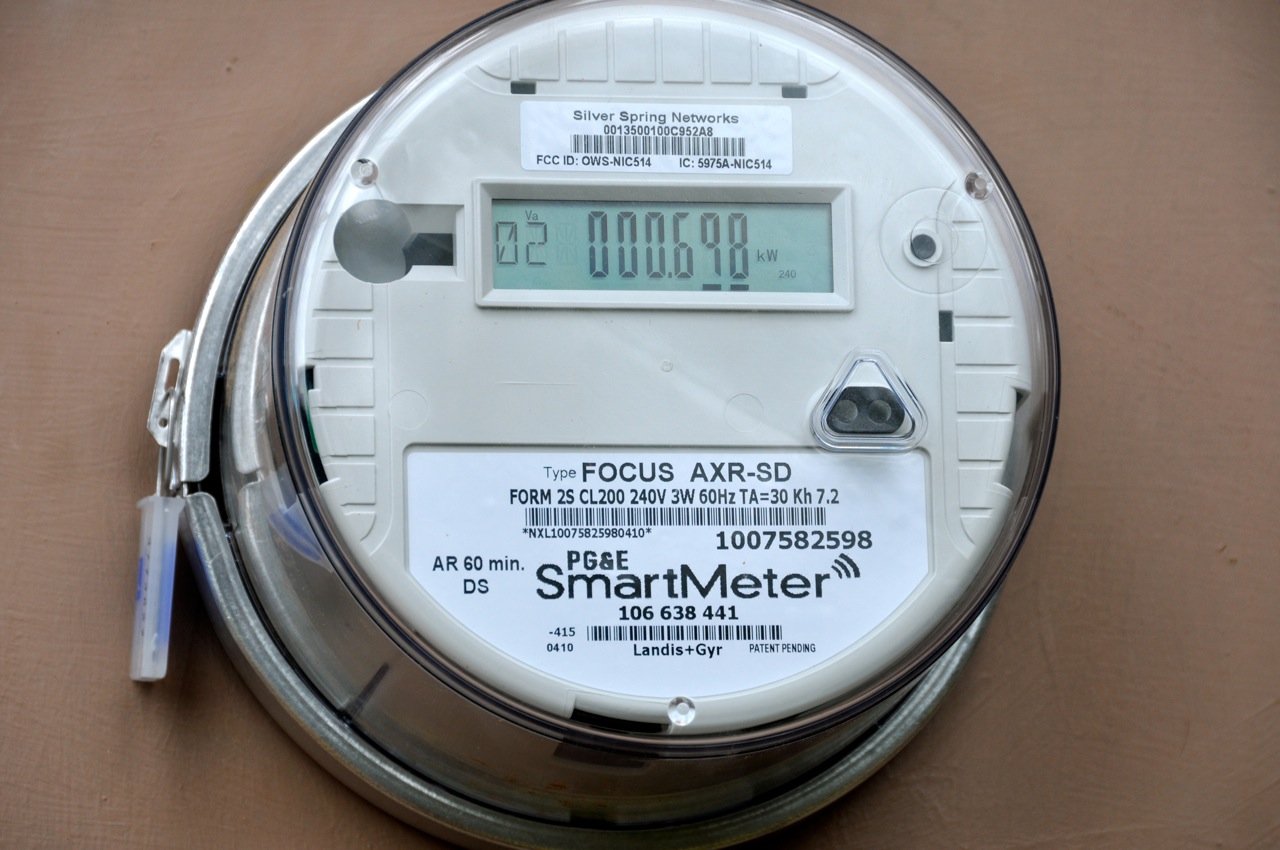The latest developments in the electric utility industry seem to indicate that smart meters are being shown the door. Are smart meters becoming the new white elephant? It seems to be an unlikely thing to happen since it appears that smart meters are about to be the craze in Australia’s electricity industry. Currently, the only place in the country where these types of meters are installed in great numbers is in Victoria. However, Australia’s biggest retailers are heavily promoting these devices in every state in the country. It will be a rollout that will most likely cost the country billions of dollars.
Some critics say that smart meters can be a very risky investment
They are referring to the huge investment ploughed into the installation of poles and wires in the past. Such investment projects naturally pushed consumer prices up, adversely affecting the purchasing power of the public.
In addition, competing technologies may make these types of meters redundant, or even obsolete. In no way is this critique of smart meters just taken out of the blue.
As early as 2011, there were some electricity industry insiders who warned of the direction that smart meters may take. It appears now that they are right in their projections.
At that time, there were already new developments in the technology of this electronic device. Manufacturers using cutting edge technology were creating meters with greater processing power, huge memories and more efficient internal operating systems.
These advanced devices are much more advanced in technology and efficiency than today’s smart meters. Sentec, a new UK firm is taking the development of such electronic device to the next level. Industry observers feel that if this company succeeds, it will make the current smart meters look old fashioned, redundant, and even obsolete.
The electric utilities consisting of retailers and network providers are pushing for the current models of smart meters. Industry lobby group ESAA is particularly in the forefront in this effort.
Some believe that these organizations are doing this to lock customers in an industry that is facing greater competition coming from new technologies. Providers that are searching for ways to circumvent outmoded business models also figure in the equation.
The downside of smart meters
Smart meters can indeed provide new ways to achieve energy economy. But their main problem is that they are expensive. With the constant price increases, these meters can get more expensive in the future.
The Victoria rollout has cost network operators such as SP Ausnet huge amounts of money. Installation costs alone have more than doubled to approximately $686 million because of the utilization of different technologies.
These companies are also requesting the government to permit them to pass these costs to the consumers. If that is allowed, homeowners and business owners will again have to tighten their belts because of skyrocketing electric bills.
The sad thing is; current models of smart meters are already being undercut by more advanced, more efficient and more affordable models. These modern devices don’t even need the utility company to have them installed.

